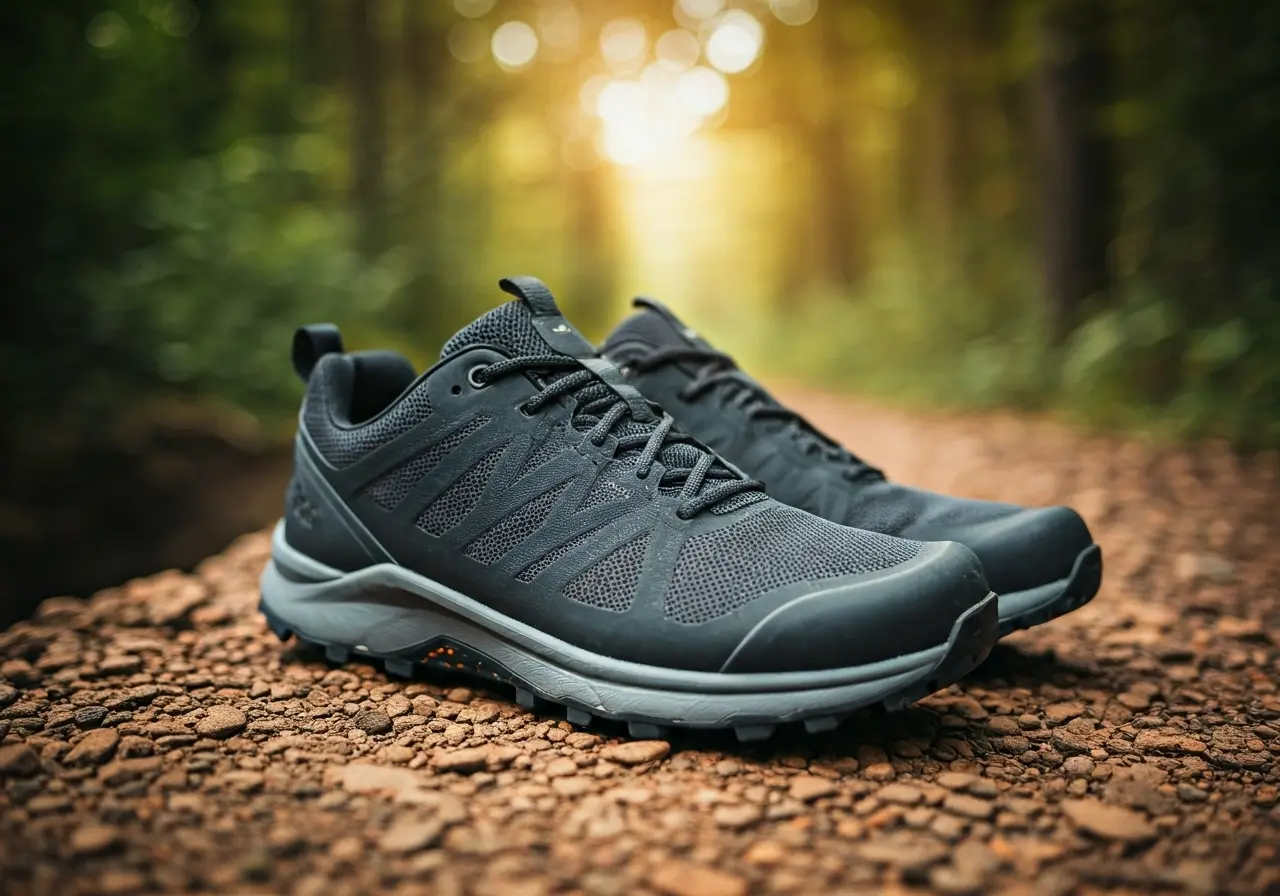
What Are Zero Drop Hiking Shoes and Why Are They Popular?
Have you ever heard about zero drop hiking shoes and wondered what makes them so special? In recent times, these shoes have gained quite a following among hikers and trail enthusiasts. Let’s dive into what zero drop hiking shoes are and why they’ve become a popular choice for many.
Understanding Zero Drop
Zero drop refers to the design of a shoe where there’s no difference in height between the heel and the toe. This alignment promotes a natural foot position, mimicking the feeling of walking barefoot.
The concept of zero drop was inspired by the biomechanics of being barefoot. Traditional shoes often have elevated heels, which can disrupt your natural gait cycle. By eliminating the height difference, zero drop shoes aim to restore the natural movement of your foot. This can be especially beneficial for walking and running, as it encourages a more balanced and aligned posture.
Not just for runners, zero drop shoes are particularly advantageous for hikers. Without the elevated heel, the natural stride encouraged by these shoes can mean less fatigue on long hikes, providing a closer-to-ground experience that many outdoor enthusiasts find appealing.
The Benefits of Zero Drop Shoes
One of the major benefits is improved posture. With a level sole, your body aligns naturally, which can reduce the risk of injury. Additionally, they can encourage a more natural, forefoot or midfoot strike when walking or running.
Zero drop shoes promote better balance by allowing your feet to sit evenly, contributing to a stronger foundation. Many wearers notice enhanced foot strength and flexibility. Without being constricted by an elevated heel, the foot can engage more muscles, potentially reducing the risk of certain injuries.
Another great advantage is the increased proprioception. For hikers, feeling the terrain underfoot is not just about safety—it’s about connecting with nature. The feedback from the ground allows for more responsive and adaptive movements, especially on uneven or technical trails.
Why Hikers Love Them
Hikers appreciate zero drop shoes for the closer connection they offer to the trail. The design fosters a more natural stride, allowing hikers to feel the terrain and react accordingly, which can enhance balance and stability.
Moreover, many hikers are drawn to zero drop shoes because of their lightweight design. Traditional hiking boots tend to be on the heavier side, but zero drop shoes often come with a minimalist build, reducing overall weight without sacrificing performance. This can be a game-changer on long hikes, where every ounce counts.
The versatility of zero drop shoes is another factor that can’t be overlooked. They perform well across a variety of terrains, from rocky paths to muddy trails, making them a versatile choice for adventurers who crave variety in their hikes. By adapting naturally to different surfaces, they offer a degree of flexibility that appeals to those who explore diverse landscapes.
Are Zero Drop Shoes Right for You?
If you’re considering zero drop hiking shoes, it’s important to take a gradual approach. Transitioning slowly can help your body adapt to the new foot position, reducing the risk of discomfort. Consider your hiking style and foot type before making the switch.
For those new to zero drop footwear, it’s recommended to start by wearing them for short periods. Gradually increase the duration as your feet become accustomed to the new stance. Also, consider combining them with barefoot walking exercises to strengthen your feet and enhance your balance and posture.
Ultimately, choosing the right shoe comes down to personal preference and the type of terrain you frequently encounter. For more insights on how zero drop hiking shoes can fit into your trekking adventures, explore our product range.
Why Choose Zero Drop Hiking Shoes?
Zero drop hiking shoes aren’t just a trend; they offer a more natural way to conquer the trails. With the benefits of improved posture and a natural stride, they appeal to those seeking a unique hiking experience. Whether you’re an experienced hiker or just starting, zero drop shoes might be the perfect fit for your adventures. Check out our homepage for more details on how to get your pair today!
- Choosing a selection results in a full page refresh.
!


























































